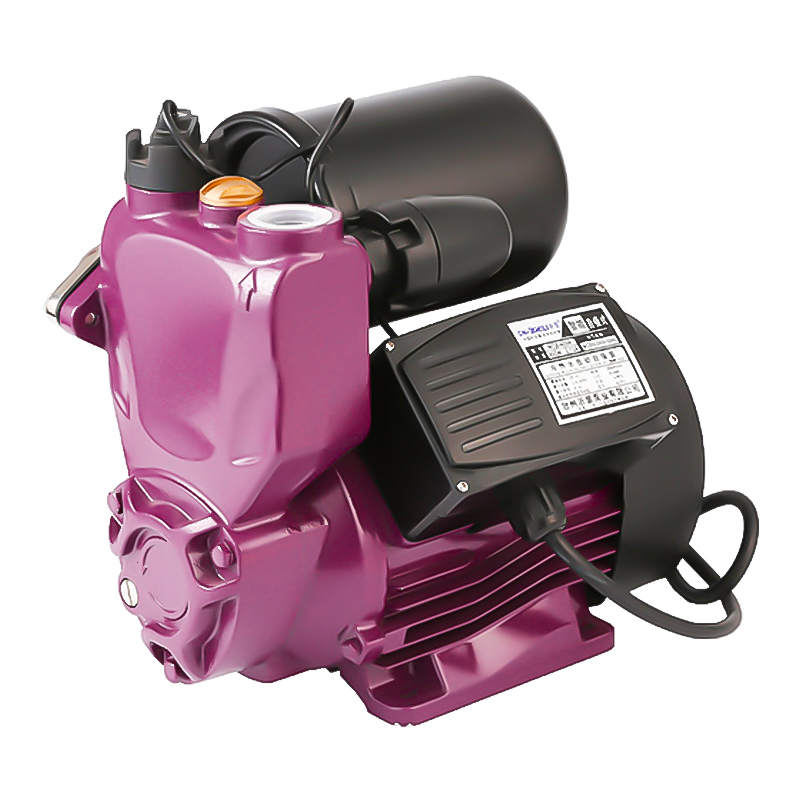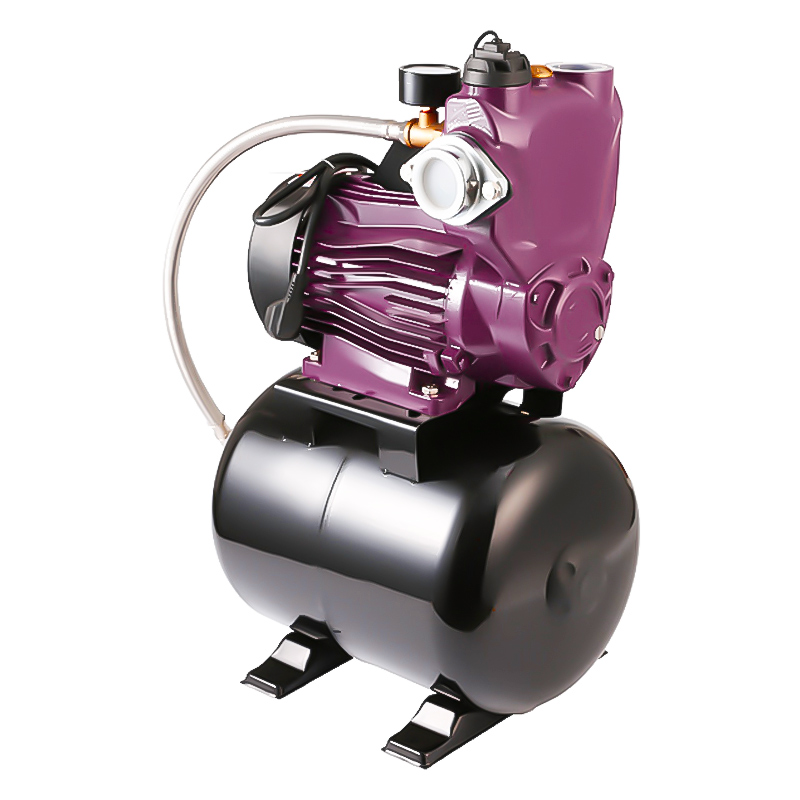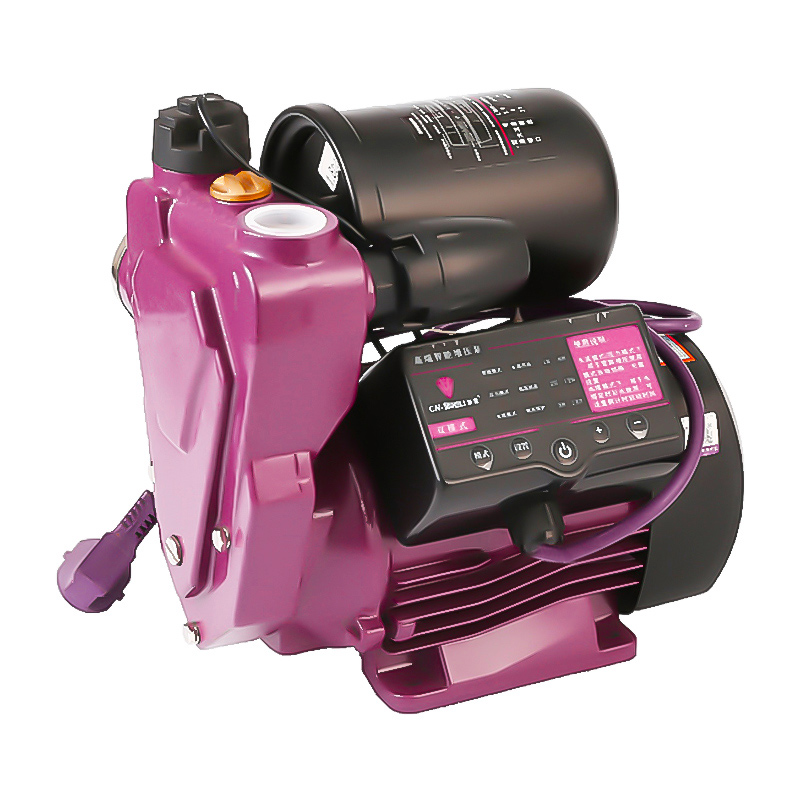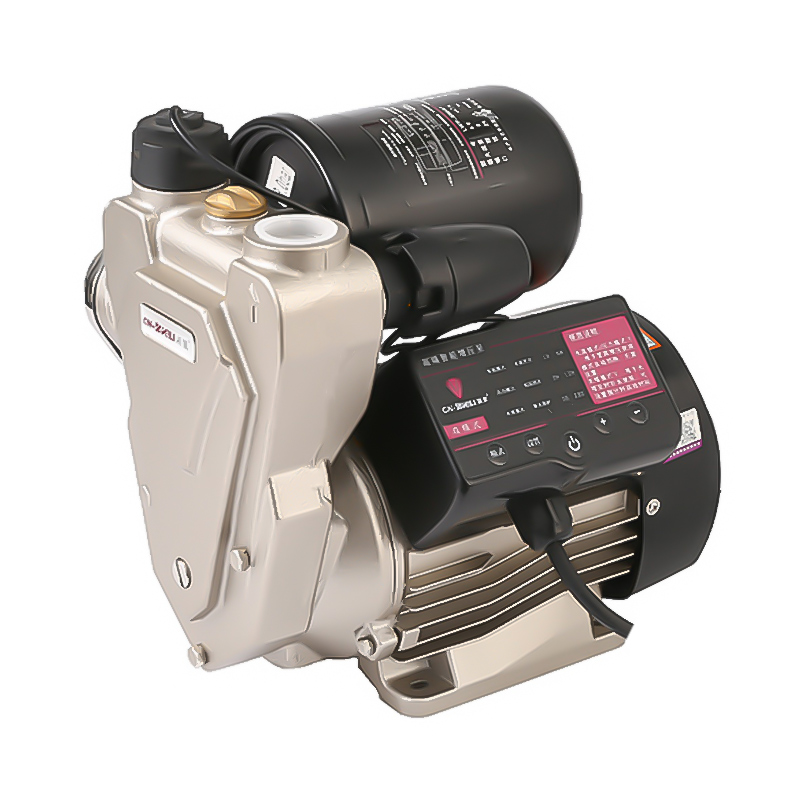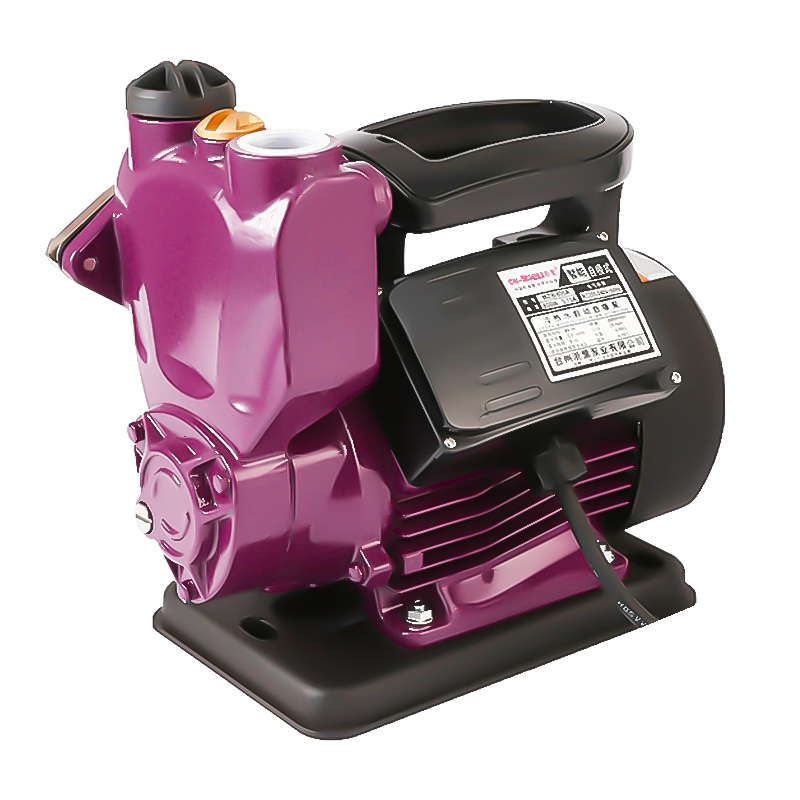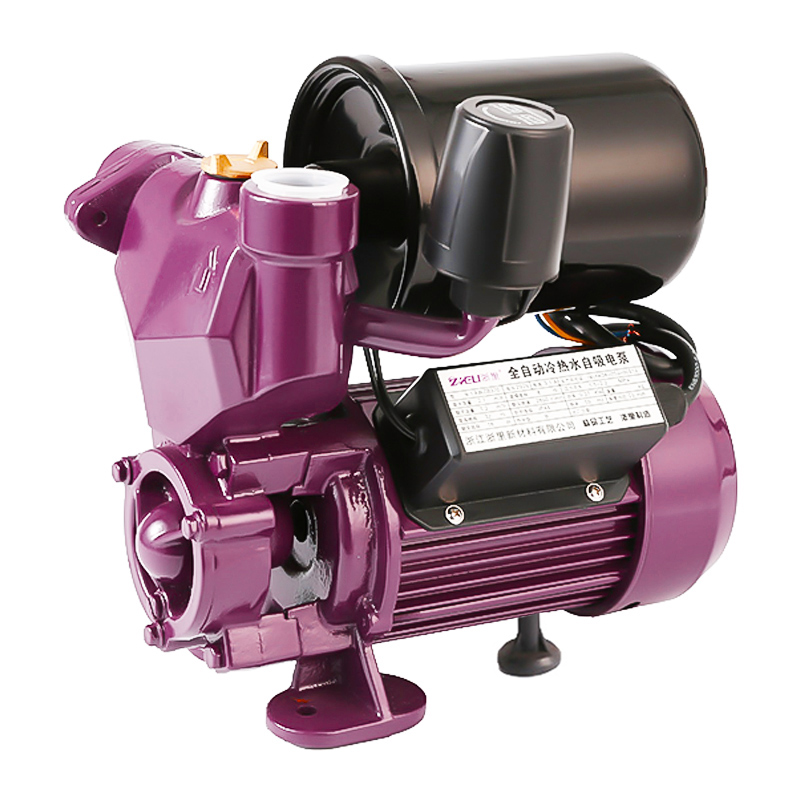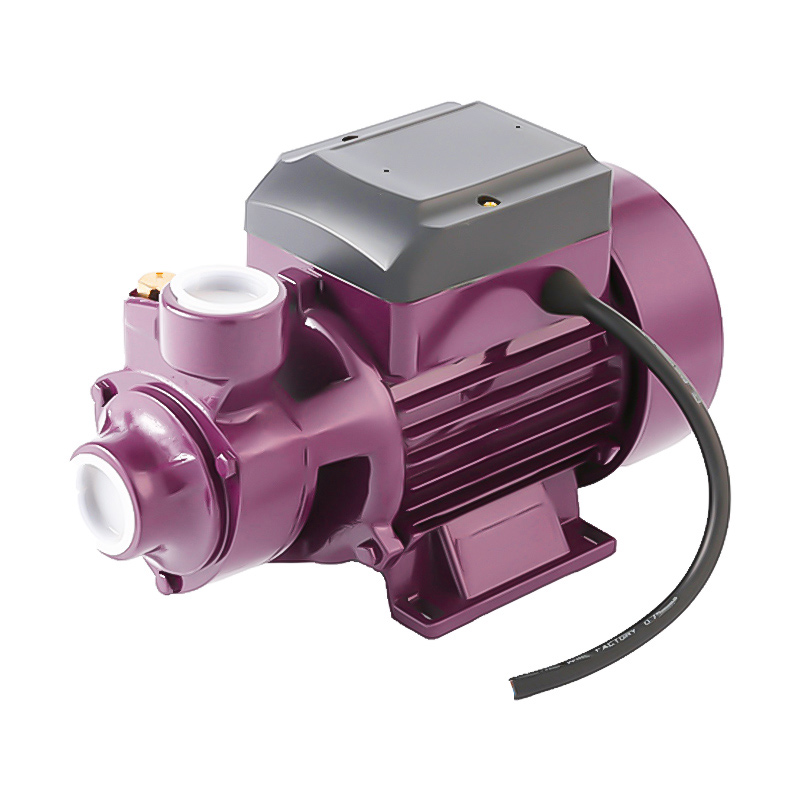The Electric Sewage Pump is the same as other pumps, the impeller and the pressurized water chamber are the two core components of the sewage pump. The quality of its performance also represents the quality of the pump performance, the anti-clogging performance of the sewage pump, the level of efficiency, and the cavitation performance. The anti-abrasion performance is mainly guaranteed by the two major components of the vane pump and the pressure water chamber. Let's make an introduction respectively:
1. Impeller structure type: The structure of the impeller is divided into four categories: blade type (open type, closed type), swirl type, channel type, (including single channel and double channel) spiral centrifugal type.
①The open and semi-open impeller is easy to manufacture. When the impeller is blocked, it can be easily cleaned and repaired. However, in the long-term operation, the gap between the blade and the side wall of the pressurized water chamber will increase due to the abrasion of the particles. Thereby reducing efficiency. And the increase of the gap will destroy the pressure difference distribution on the blade. Not only will a large amount of vortex loss be generated, but also the axial force of the pump will be increased. At the same time, due to the increased gap, the stability of the flow state of the liquid in the channel will be damaged, causing the pump to vibrate. This type of impeller is not easy to transport For medium with large particles and long fibers, in terms of performance, the efficiency of this type of impeller is low, the highest efficiency is about 92% of that of ordinary closed impeller, and the head curve is relatively flat.
Closed impeller, this type of impeller has higher normal efficiency. And the situation is relatively stable in long-term operation, the axial force of the pump using this type of impeller is small, and auxiliary blades can be set on the front and rear cover plates. The auxiliary blades on the front cover can reduce the vortex loss at the impeller inlet and the wear of the sealing ring by particles. The auxiliary blades on the back cover not only balance the axial force, but also prevent suspended particles from entering the mechanical seal cavity to protect the mechanical seal. However, this type of impeller has poor non-blocking performance and is easy to wind, so it is not suitable for pumping untreated sewage media containing large particles (long fibers).
②Swirl impeller
For pumps using this type of impeller, part or all of the impeller shrinks away from the flow channel of the pressurized water chamber. Therefore, the non-clogging performance is good, and the ability to pass particles and long fibers is strong. The flow of particles in the pressurized water chamber is driven by the eddy current generated by the rotation of the impeller. The suspended particles do not generate energy themselves, but only exchange energy with the liquid in the flow channel. During the flow process, the suspended particles or long fibers do not contact the blades, the blades are less worn, and there is no increase in the gap due to abrasion, and the efficiency will not be seriously reduced during long-term operation. Type impeller pumps are suitable for pumping media containing large particles and long fibers. In terms of performance, the efficiency of the impeller is low, only equivalent to about 70% of the ordinary closed impeller, and the head curve is relatively flat.
③Runner type impeller
This kind of impeller belongs to the bladeless impeller, and the impeller flow channel is a curved flow channel from the inlet to the outlet. Therefore, it is suitable for pumping media containing large particles and long fibers. Good blocking resistance. In terms of performance, this type of impeller has high efficiency and is not much different from ordinary closed impellers, but the head curve of this type of impeller pump is relatively steep. The power curve is relatively stable, and the problem of overpower is not easy to occur, but the cavitation performance of this type of impeller is not as good as that of ordinary closed impellers, and it is especially suitable for pumps with pressure inlets.
④Screw centrifugal impeller
The blades of this type of impeller are twisted helical blades extending axially from the suction inlet on a conical hub body. The pump of this type of impeller has the functions of volumetric pump and centrifugal pump. When the suspended particles flow through the blades, they will not hit any part of the pump, so it is non-destructive. Less destructive to conveyed objects. Due to the propulsion effect of the screw, the suspended particles have a strong passability, so the pump using this type of impeller is suitable for pumping media containing large particles and long fibers, as well as high-concentration media. It has obvious characteristics in occasions with strict requirements on the destruction of the conveying medium.
In terms of performance, the pump has a steep head curve and a relatively flat power curve.
2. Pressurized water chamber
The most common pressurized water chamber used in sewage pumps is the volute, and radial guide vanes or flow channel guide vanes are mostly used in built-in submersible pumps. The volute has three types: spiral type, ring type and intermediate type. Spiral volutes are basically not used in sewage pumps. Due to its simple structure and convenient manufacture, the annular pressurized water chamber is often used in small sewage pumps. However, due to the emergence of intermediary (semi-spiral) pressure water chambers, the application range of annular pressure water chambers has gradually become smaller.

 Language
Language  English
English عربى
عربى 中文简体
中文简体